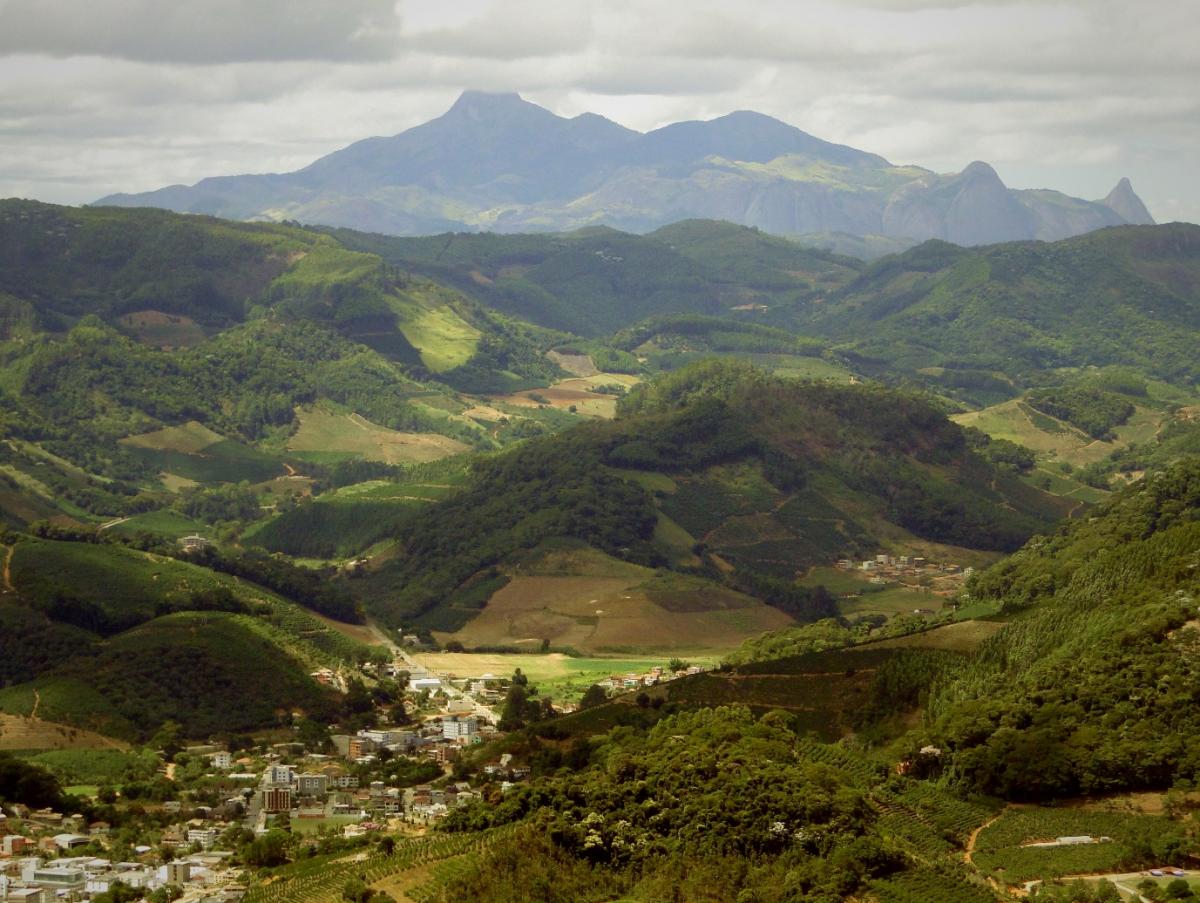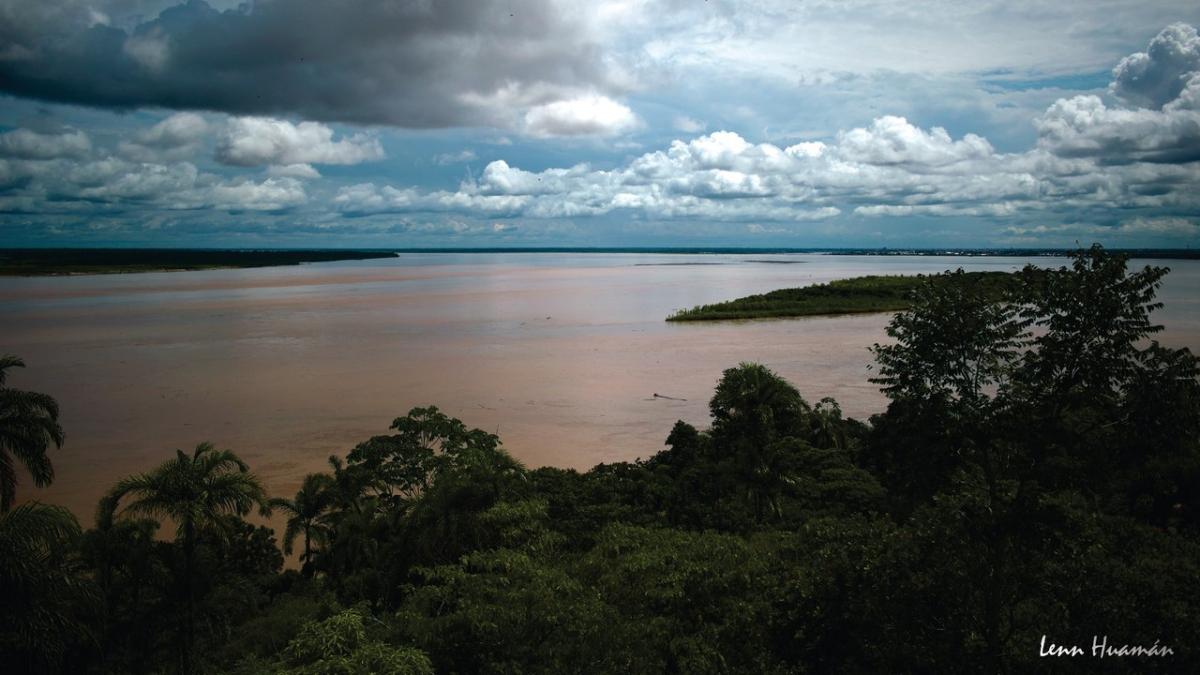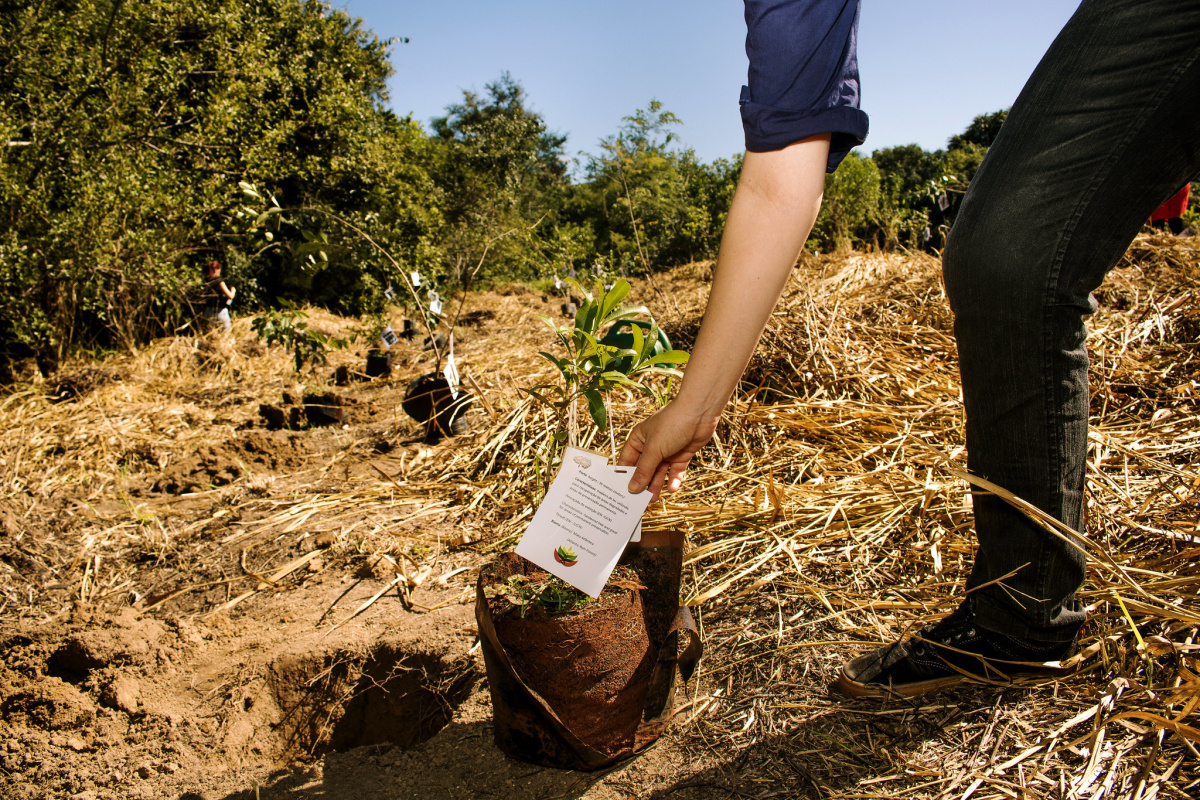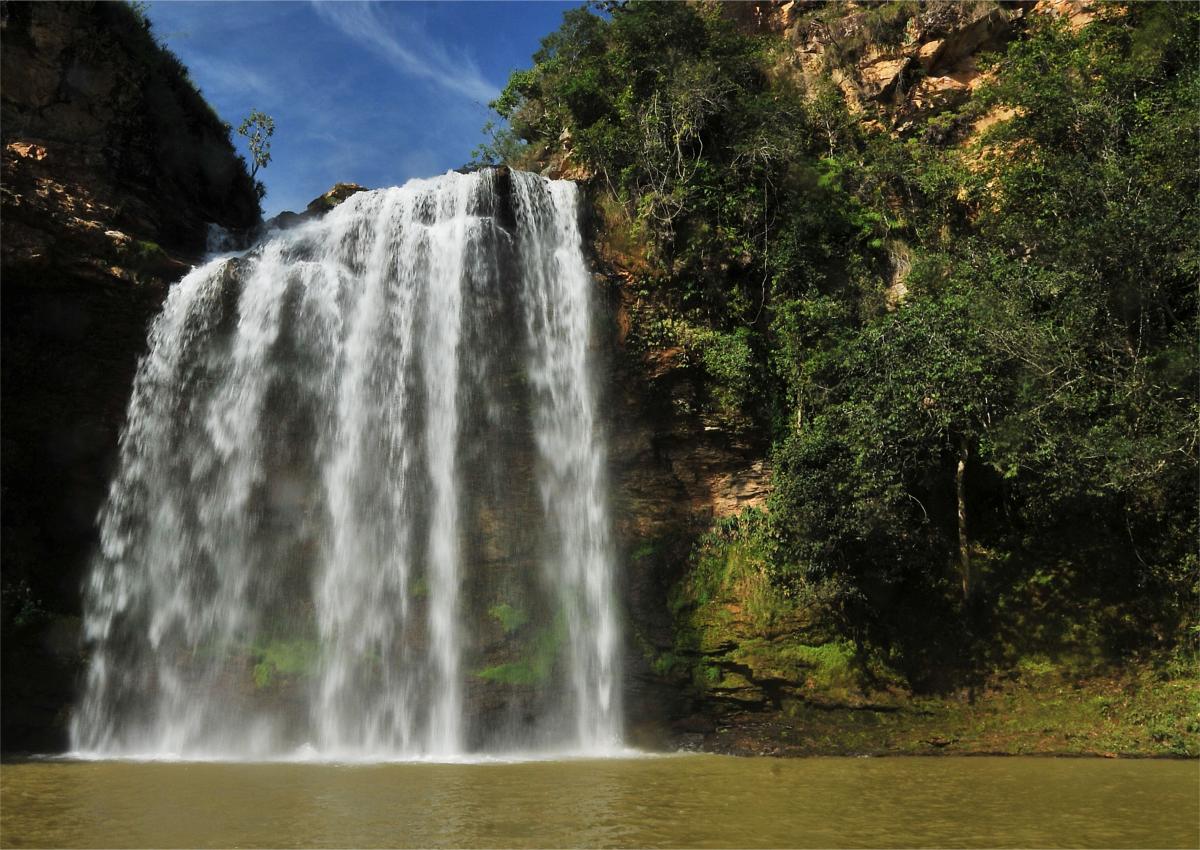Scaling-up forest landscape restoration to stimulate large-scale results
What does it take to scale-up restoration? Craig Beatty and Gretchen Walters of the IUCN Global Forest Programme are thinking bigger, and they offer some thoughts on what needs to be done.

Photo: Vinicius Depizzol - FlickrCC
If you looked out across an imaginary landscape where the horizon is 10km away, and you were to scan that landscape from left to right (the maximum human view shed is about 290 degrees), the area you see would represent roughly 25,000 hectares. Now, to achieve the 2020 Bonn Challenge target of 150 million hectares under restoration, it would require about 6,000 of these landscapes. For the 2030 goal of 350 million hectares, we would need about 14,000 landscapes as calculated above. As national and sub-national commitments to restoring degraded land accumulate within the Bonn Challenge and its regional partner initiatives, the world is poised to embark on a transformational shift in how functional landscapes are managed for people and productivity.
Landscapes are key in tackling restoration at scale, where multiple land users, stakeholders and rights holders interact. Regardless if a person or organisation restores their land, the impact of their actions goes well beyond their plot. In well-functioning landscapes, multi-stakeholder platforms and good landscape governance may help in negotiating a shared vision for restoration, which enables restoration to occur in different ways across the landscape within the values, rules and knowledge of a particular decision-making context. Good examples of such platforms include the PACTO of the Mata Atlantica forest in Brazil and a number of rural village associations in Honduras.
The process of stimulating transformational landscape restoration occurs both from an administrative level through governance instruments of laws, policies, and initiatives and through the participation of individual people within a landscape in direct or indirect restoration activities. Directly, this can include planting trees on farms, creating woodlots on degraded land, reforestation, or managed natural regeneration. Indirectly, individuals can be inspired to modify behaviours that otherwise lead to degradation, or support sustainable activities or enterprises that reduce pressures on landscapes. Whether direct or indirect, large-scale landscape restoration – on the order of hundreds of millions of hectares – requires that good landscape governance, ideas, effective and efficient methods, and inspiration increase in political and geographic scope.
Assessments of forest landscape restoration (FLR) opportunities have, in many countries and regions, led to the knowledge and engagement necessary to plan for restoration over large areas of degraded land. However, scaling-up restoration actions and governance mechanisms over large areas should not solely be a process of replication.
Landscape restoration cannot be the result of an assembly-line process if it hopes to be inclusive and diverse. The strength of the FLR approach is in its ability to bring multiple stakeholders from different groups and sectors to define and implement restoration activities that produce the desired costs and benefits. More specifically, this means that as restoration becomes more popular throughout degraded areas, the ability of stakeholders to reach consensus about the objectives for restoration and its benefits will become more contested. Scaling-up restoration activities while remaining within the objectives of inclusive and diverse landscapes becomes increasingly difficult as area is increased. Unfortunately, in many cases, restoration projects do not include community stakeholders. For restoration to be achieved at the scale of global commitments, which often commits local farm lands and forests, this trend must change.
While difficult, scaling-up a diverse suite of locally-adapted FLR interventions throughout entire states or nations is the task at hand. National initiatives and impactful investing have supported large-scale restoration planning and implementation in places as diverse as Rwanda and Brazil. Local control and decentralisation of national objectives into local and regional initiatives has occurred in Peru and Uganda, and enterprise development for the supply of native seeds and seedlings for use in FLR remains a critical venture.
Scaling-up requires that broad recommendations for where to restore and why to restore are met, with specificity in how to restore and for what purpose. It demands an assessment of everything from the genetic diversity of the species chosen for restoration to the market implications of introducing new value chains – or modifying existing unsustainable value chains – to valuing the cultural methods of restoration in landscapes. Stimulating long-lasting, transformational, and responsible restoration within millions of hectares of degraded land will require more than a desire to “scale-up what works”, it will require that institutions like IUCN and others involved in the global restoration movement promote and facilitate these landscape restoration visions – enabling landscape choices that achieve short-term and long-term sustainability. Stimulating a political and personal commitment to FLR from a landscape scale and beyond is necessary to restore the world’s landscapes and sustainably support the places we live.
References and further reading:
Brancalion, Pedro H.S., Severino Ribeiro Pinto, Ludmila Pugliese, Aurélio Padovezi, Ricardo Ribeiro Rodrigues, Miguel Calmon, Helena Carrascosa, Pedro Castro, and Beto Mesquita. 2016. “Governance Innovations from a Multi-Stakeholder Coalition to Implement Large-Scale Forest Restoration in Brazil.” World Development Perspectives 3 (September):15–17. https://doi.org/10.1016/j.wdp.2016.11.003.
Gorddard, R., M.J. Colloff, R.M. Wise, D. Ware, and M. Dunlop. 2016. “Values, Rules and Knowledge: Adaptation as Change in the Decision Context.” Environmental Science & Policy 57 (March):60–69. https://research.csiro.au/eap/synopsis-decision-context-values-rules-knowledge-vrk/
Holl, K.D. 2017. “Restoring Tropical Forests from the Bottom up.” Science 355 (6324):455–56. https://doi.org/10.1126/science.aam5432
Kozar, R., L.E. Buck, E. Barrow, T.C.H. Sunderland, D.E. Catacutan, C. Planicka, A.K. Hart, and L. Wil- lemen. 2014. “Toward Viable Landscape Governance Systems: What Works?” Washington D.C.: EcoAgriculture Partners.http://peoplefoodandnature.org/publication/toward-viable-landscape-governance-systems-what-works/
Kramer, D., and B. Vallarino. 2016. “An Association of Rural Villagers Leading by Example at the Landscape Scale in Honduras.” World Development Perspectives 3 (September):12–14. http://www.ecologic.org/news-media/enews-print/an-association-of-rural-villagers-leading-by-example-at-the-landscape-scale-in-honduras/
Leach, M., I. Scoones, and Stirling, A. 2010. Dynamic Sustainabilities: Technology, Environment, Social Justice. Oxon. UK: Routledge. https://steps-centre.org/publication/dynamic-sustainabilities-technology-environment-social-justice-2/
Mansourian, S., J.A. Stanturf, M.A. Adutwumwaa Derkyi, and V. Lex Engel. 2017. “Forest Landscape Restoration: Increasing the Positive Impacts of Forest Restoration or Simply the Area under Tree Cover?: Quality or Quantity in Forest Landscape Restoration?” Restoration Ecology 25 (2):178–83.
Murcia, C., M.R. Guariguata, Á. Andrade, G. Ignacio Andrade, J. Aronson, E.M. Escobar, A. Etter, F.H. Moreno, W. Ramírez, and E. Montes. 2016. “Challenges and Prospects for Scaling-up Ecological Restoration to Meet International Commitments: Colombia as a Case Study: Scaling-up Ecological Restoration in Colombia.” Conservation Letters 9 (3):213–20.
Wehi, Priscilla M., and Janice M. Lord. 2017. “Importance of Including Cultural Practices in Ecological Restoration.” Conservation Biology. https://doi.org/10.1111/cobi.12915
Wilson, S., and D. Cagalanan. 2016. “Governing Restoration: Strategies, Adaptations and Innovations for Tomorrow’s Forest Landscapes.” World Development Perspectives 4 (December):11–15.



